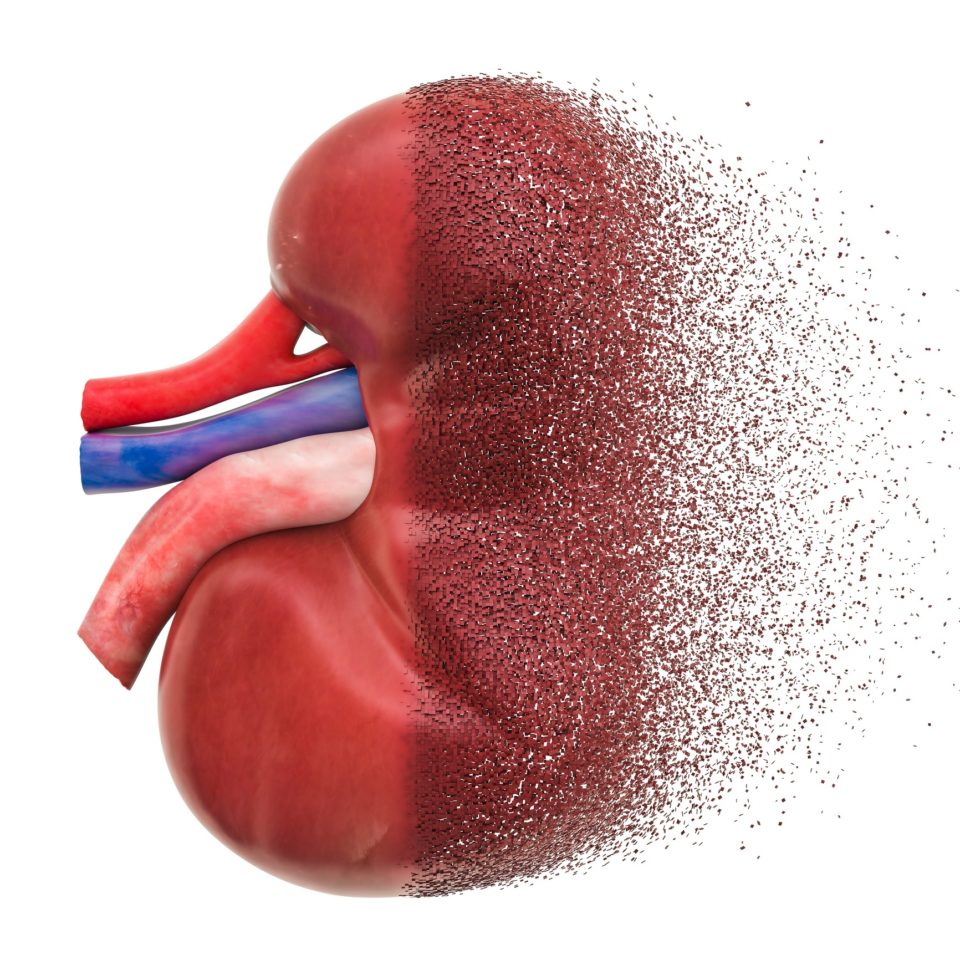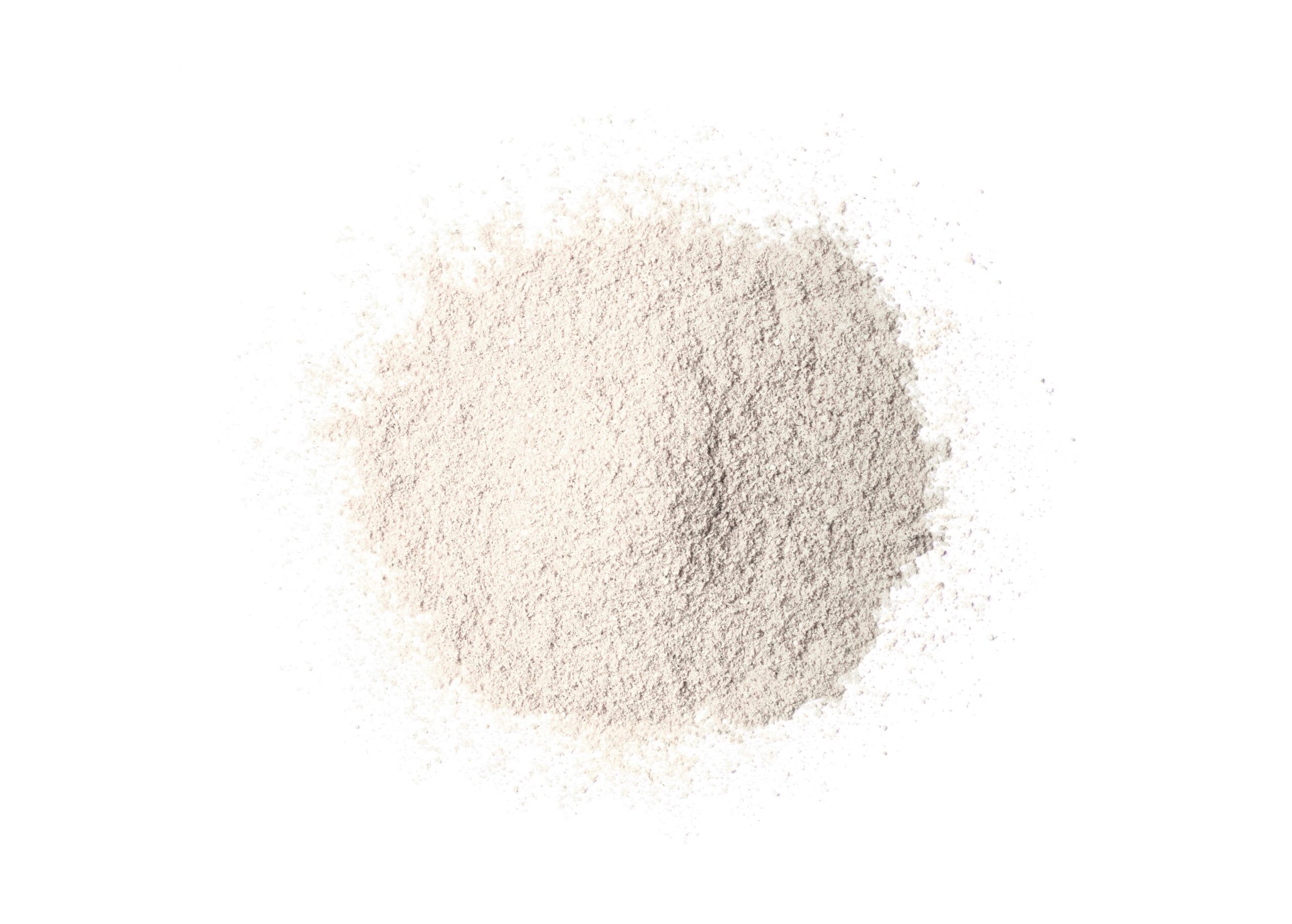
Treatment for heart failure with reduced ejection fraction HFrEF) and chronic kidney disease includes use of renin-angiotensin-aldosterone system inhibitors (RAASi). Treatment guidelines recommend discontinuation of RAASi therapy only as a last resort in that patient population, yet, according to Matthew R. Weir, MD, University of Maryland School of Medicine, Baltimore, and colleagues, RAASi therapy is underused.
The researchers conducted a study to test the hypothesis that treatment with patiromer, a novel potassium binder, would result in lowering of serum potassium levels, which in turn would facilitate guideline directed medical therapy in patients with comorbid HFrEF and CKD. Results of the DIAMOND trial were reported during a poster session at the NKF spring Clinical Meetings 2022 in a poster titled Patiromer for the Management of Hyperkalemia in Heart Failure Patients With Reduced Ejection Fraction Receiving Renin-Angiotensin-Aldosterone System Inhibitors: Results From a Prespecified Chronic Kidney Disease Subgroup Analysis: The DAIMOND Trial.
Eligible DIAMOND trial patients had HFrEF with current or history of hyperkalemia due to RAASi. Patients were enrolled in a single-blinded run-in phase of up to 12 weeks where patients were optimized on RAASi therapy including mineralocorticoid receptor antagonist (MRA) and patiromer. Those who successfully completed the run-in phase were randomized double-blind in a 1:1 ratio to either continued patiromer or placebo (patiromer withdraw group).
The primary end point of interest was the mean difference in serum potassium from baseline for the duration of the trial. Secondary end points were assessed in hierarchical sequence: (1) hyperkalemia events, defined as serum potassium >5.5 mEq/L; (2) durable enablement of MRA at target dose; (3) investigator reported adverse events of hyperkalemia; (4) morbidity adjusted hyperkalemia events; and (5) a comprehensive RAASi use score. Prespecified subgroups of interest included CKD stage (stage 1-2 vs stages ≥3a and stage ≤3a vs stage ≥3b).
Of the 1195 patients who entered the run-in phase, 878 were randomized. Follow-up ended June 24, 2021. In the total cohort, median duration of follow-up was 27 weeks.
There were significant reductions in serum potassium observed with patiromer versus placebo regardless of estimated glomerular filtration rate (eGFR). For both CKD subgroups, treatment emergent adverse events were similar in both the patiromer and the placebo group.
In conclusion, the researchers said, “Pre-specified CKD subgroup analysis of the DIAMOND trial revealed that improvements in serum potassium with patiromer versus placebo were greater at higher CKD stages. The ability of patiromer to extend the time to first hyperkalemic event and time to reduction in MRA and reduce the likelihood of recurrent hyperkalemia adverse events was also greater with lower eGFR.”
This study was supported by Vifor Pharma Ltd.
Source: Weir MR, Butler J, Ander SD, et al. Patiromer for the management of hyperkalemia in heart failure patients with reduced ejection fraction receiving renin-angiotensin-aldosterone system inhibitors: results from a prespecified chronic kidney disease subgroup analysis: the DIAMOND trial. Poster presented at the National Kidney Foundation Spring Clinical Meetings 2022 (Abstract #374), Boston, Massachusetts, April 6-10, 2022.







 © 2025 Mashup Media, LLC, a Formedics Property. All Rights Reserved.
© 2025 Mashup Media, LLC, a Formedics Property. All Rights Reserved.